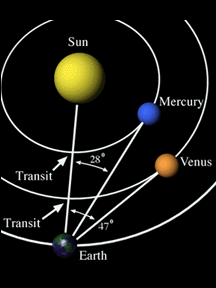This graphic shows the orbits of Mercury and Venus within the orbit of the Earth, and the maximum angular distance between these planets and the Sun as viewed from the Earth
Click on image for full size
Courtesy of NASA.
The Innermost Planets as Bright Stars
Venus and
Mercury,
the innermost planets in the solar system,
always appear only a small distance away from the
Sun in the sky. The maximum
elongations (maximum angular distances between an inner planet and the Sun
as viewed from the Earth) of these
planets are 47 degrees and 28 degrees, respectively.
Mercury is
so small and so close to the Sun (always within 28 degrees) that it is
difficult to see from Earth, since it is usually lost in the Sun's
glare. The innermost planet can be seen with the naked eye only at
twilight, very low in the sky, near the horizon.
From Earth, Venus can appear up to 47 degrees away from the Sun. During
these times, when it rises or sets a few hours before or after the Sun,
it can be seen just before sunrise or just after sunset as a bright
morning or evening star. At these times, Venus is
up to 15 times brighter than the brightest star, Sirius, and can even
cast shadows.
You might also be interested in:
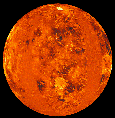
Venus is the second planet from the Sun, and is Earth's neighbor in the solar system. Venus is the brightest object in the sky after the Sun and the Moon, and sometimes looks like a bright star in the
...more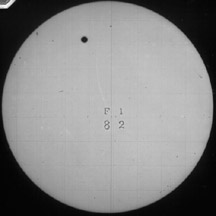
Transits of Venus are extremely rare astronomical phenomena. They occur in pairs, separated by eight years, with more than a century elapsing between successive pairs of transits. There will be two Venus
...more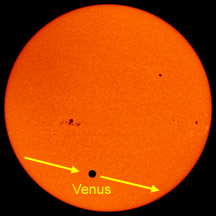
The planet Venus periodically passes directly between Earth and the Sun. This event, which is somewhat similar to a solar eclipse, is called a transit of Venus. Viewed from Earth, Venus and Mercury are
...more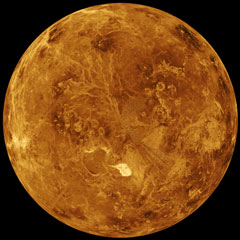
Would you expect to find ice caps and snow fields on Venus? Not likely! Venus is the hottest planet in our Solar System, and those high temperatures extend right on up to the poles. Though there aren't
...more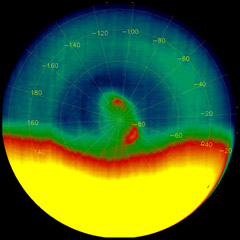
Venus has odd, swirling vortices in its atmosphere above each of the planet's poles. These vortex structures were first detected over the North Pole by NASA's Pioneer Venus Orbiter in 1978. The European
...more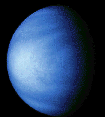
A planet goes through cycles of history depending upon how it cools in time. The following may be the history of Venus. Venus formed about 4 Billion Years ago. at the conclusion of forming it continued
...more
This is an example of a volcanic tick.
...more


